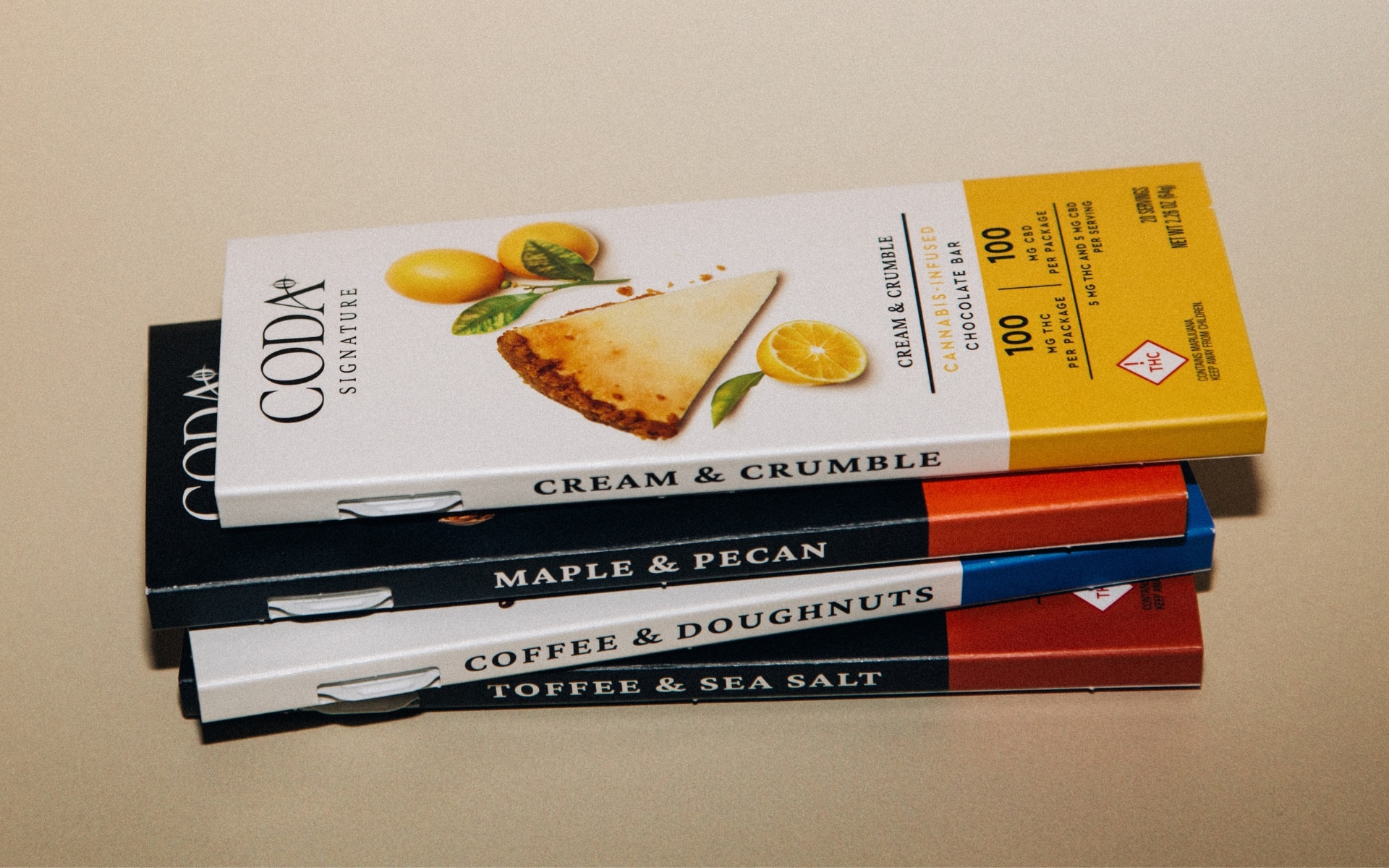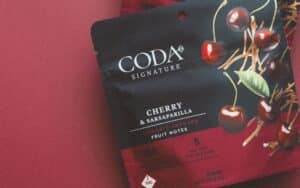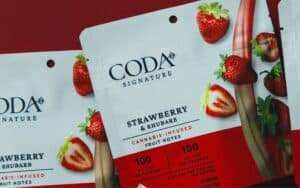Chocolate lovers know that not all chocolate is created equal. The difference between an average chocolate bar and an exceptional one can be astounding. But what exactly makes high-quality chocolate stand out? Let’s explore the key factors that contribute to the best chocolate experience.

Taste and Texture: Love at First Bite
The first thing you notice when you bite into a piece of chocolate is its texture, followed by flavor. High-quality chocolate delivers a rich, balanced taste that lingers on the palate. It’s not overly sweet or bitter but strikes the perfect harmony. This exceptional flavor is achieved through careful selection of cacao beans, expert roasting, and precise blending of ingredients.
It Starts With a Bean
The journey to extraordinary flavor begins with the cacao bean itself. The origin of the bean, the terroir, plays a significant role in the flavor profile of the chocolate. Beans from different regions, such as the lush rainforests of South America or the sun-drenched plantations of Africa, each bring unique notes and complexities.
The meticulous process of fermentation and drying the beans also impacts the final taste, with skilled chocolatiers like those at Coda Signatures knowing precisely how to bring out the best in each batch.
Roasting is another crucial step in developing flavor. The temperature and duration of the roast can enhance different aspects of the bean’s natural profile. A gentle roast might bring out fruity and floral notes, while a deeper roast can intensify rich, nutty, and caramel flavors.
A Perfect Blend
The balance of ingredients is key to the final product. High-quality chocolate has a carefully calibrated ratio of cacao, sugar, and sometimes milk. For dark chocolate lovers, the higher cacao content provides a more intense and robust flavor, often with hints of fruit, spice, or even wine-like qualities. Milk chocolate, with its creamy texture and sweeter taste, is typically more accessible and can have delightful notes of vanilla, caramel, and malt.
Textural Components
Texture plays a vital role in the chocolate experience, enhancing the flavor and making each bite more enjoyable. High-quality chocolate has a smooth, glossy appearance and a satisfying snap when broken. This snap indicates proper tempering, a process that aligns the cocoa butter crystals for optimal texture.
As the chocolate melts in your mouth, it should do so evenly, releasing its flavors gradually. The creamy, velvety mouthfeel is a hallmark of well-crafted chocolate. Coda Signatures’ bars are a testament to this craftsmanship, offering a luxurious melt that allows you to savor every nuance of flavor.
Adding Unique Ingredients
Coda Signatures takes chocolate to the next level by combining high-quality cacao with unique and carefully selected ingredients. This thoughtful blending results in extraordinary bars that surprise and delight with every bite.
Take the Coffee & Doughnuts bar, for example. Creamy milk chocolate melds seamlessly with robust coffee and toasted milk, all finished with a dusting of cinnamon sugar. This bar captures the comforting essence of a morning treat, delivering layers of flavor that unfold with each piece.
The Cream & Crumble bar offers a blissful moment reminiscent of biting into a rich cheesecake. Milky white chocolate is infused with tart lemon and speckled with spiced crumble, creating a delightful contrast of creamy and crunchy textures.
For those who love a touch of sophistication, the Maple & Pecan bar is a must-try. This creation features South American darkened milk chocolate enhanced by sweet maple, a hint of pecans, and a sprinkle of smoked sea salt. The result is a complex, hearty flavor profile that is both indulgent and refined.
Finally, the Toffee & Sea Salt bar perfectly balances sweet and salty. Buttery toffee bits are blended into blonde chocolate, then sprinkled with Maldon sea salt, offering a symphony of flavors that are both comforting and exciting.

Sustainable, Organic, Fair Trade Production
High-quality chocolate is about more than just taste; it’s also about responsible production. Sustainable, organic, and fair trade practices ensure that the chocolate you enjoy is not only delicious but also ethically produced. Let’s explore how these principles contribute to exceptional chocolate.
Sustainability
Sustainable chocolate production focuses on protecting the environment and supporting the livelihoods of farmers. Ethically sourced cacao is grown using methods that preserve natural resources and promote biodiversity. Eco-friendly practices, such as reducing waste and using recyclable packaging, are integral to sustainability. By supporting sustainable chocolate, you help combat deforestation and promote the health of ecosystems, ensuring that future generations can continue to enjoy high-quality chocolate.
Organic Cultivation
Organic chocolate is made from cacao beans grown without synthetic pesticides or fertilizers. This results in a purer, more natural product. Organic farming practices enhance soil health and reduce pollution, leading to better-quality beans and richer flavors. Choosing organic chocolate means you’re getting a product free from harmful chemicals, which is better for your health and the environment. The commitment to organic ingredients ensures that every bite is as natural as possible, enhancing the overall chocolate experience.
Fair Trade Practices
Fair trade practices ensure that cacao farmers are fairly compensated for their work and operate in safe, humane conditions. This certification guarantees equitable trading conditions, which help improve the quality of life for farming communities. Fair trade also promotes sustainable agriculture and environmental stewardship.
When you choose fair trade chocolate, you support a system that values human rights and ethical business practices, contributing to a more just and sustainable world. This ethical approach not only feels good but also tastes better, knowing it comes from a place of fairness and respect.

How to Taste Chocolate
Tasting chocolate is an art that can enhance your appreciation of its complex flavors and textures. Here’s a simple guide to help you savor each bite like a connoisseur.
Observe
Begin by examining the chocolate. High-quality chocolate should have a smooth, glossy surface with no blemishes. The color can vary depending on the type, ranging from deep, rich browns in dark chocolate to lighter shades in milk chocolate.
Smell
Hold a piece of chocolate to your nose and inhale deeply. A good chocolate will have a strong, pleasant aroma. The scent can give you a preview of the flavors to come, with hints of fruit, nuts, spices, or even floral notes.
Snap
Break the chocolate and listen for a clear, crisp snap. This is a sign of proper tempering, indicating that the cocoa butter crystals are perfectly aligned. The snap is more pronounced in darker chocolates and can be softer in milk or white chocolate.
Taste
Place a small piece of chocolate on your tongue and let it melt slowly. Pay attention to the texture as it dissolves—smooth, creamy chocolate should melt evenly. Notice the initial flavors and how they evolve. High-quality chocolate will have a complex flavor profile that develops and lingers on your palate.
Tip: Taste Light to Dark
To fully appreciate the range of flavors, start with the lightest chocolate and progress to the darkest. Begin with white chocolate, move to milk chocolate, and finish with dark chocolate. This order allows your palate to adjust gradually and enhances your ability to discern the subtle differences between each type.

Ending on a Sweet Note
Understanding what makes good quality chocolate helps you appreciate the craftsmanship behind every bar. From sustainable practices to fair trade and organic ingredients, these factors ensure that each piece of chocolate you enjoy is not only delicious but also ethically made.
Ultimately, the deliciousness of chocolate comes down to the perfect combination of high-quality ingredients, expert craftsmanship, and a passion for creating an unforgettable taste experience. At Coda, every step of the process is designed to ensure that the first bite—and every bite after—is nothing short of extraordinary.



